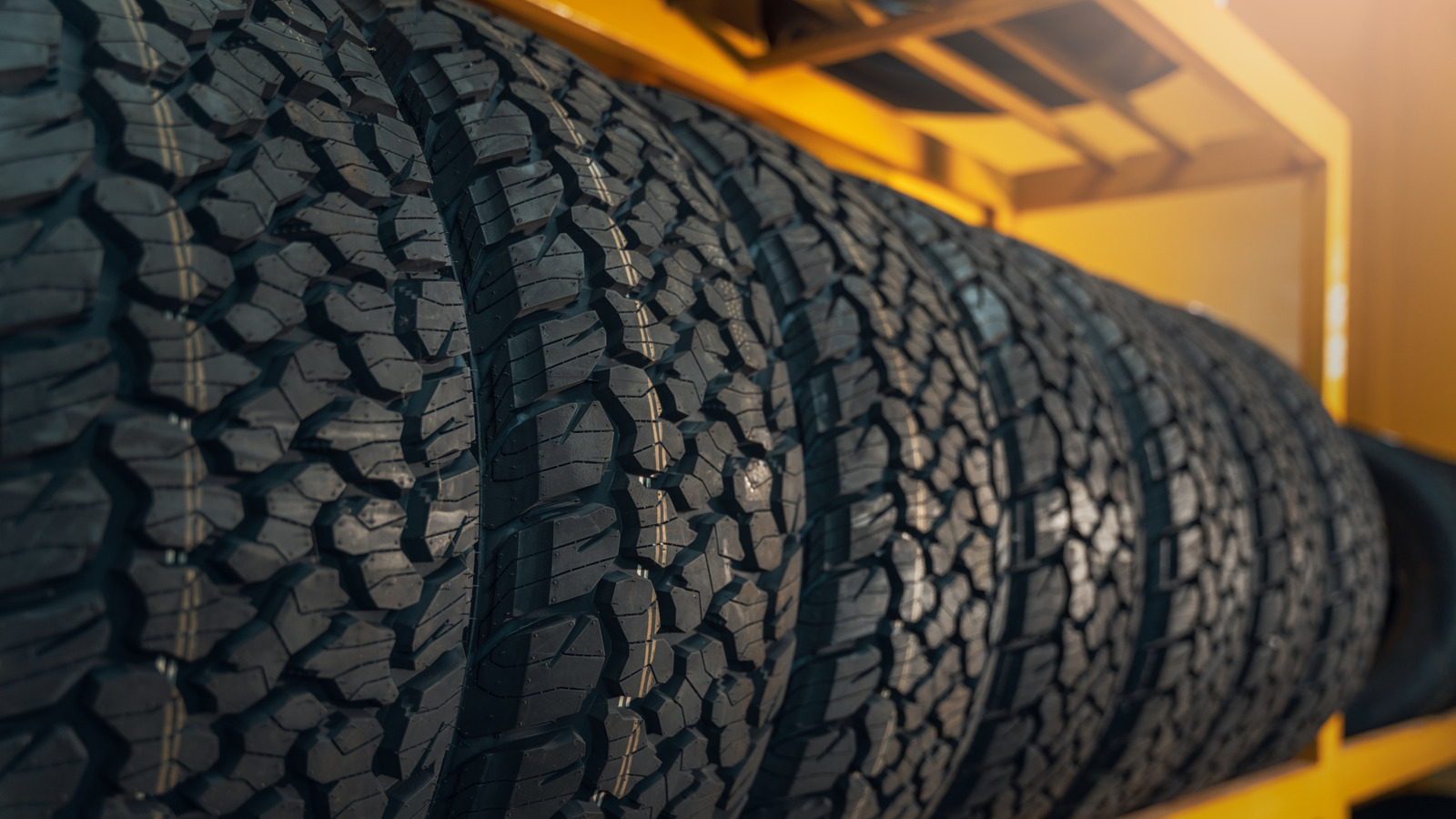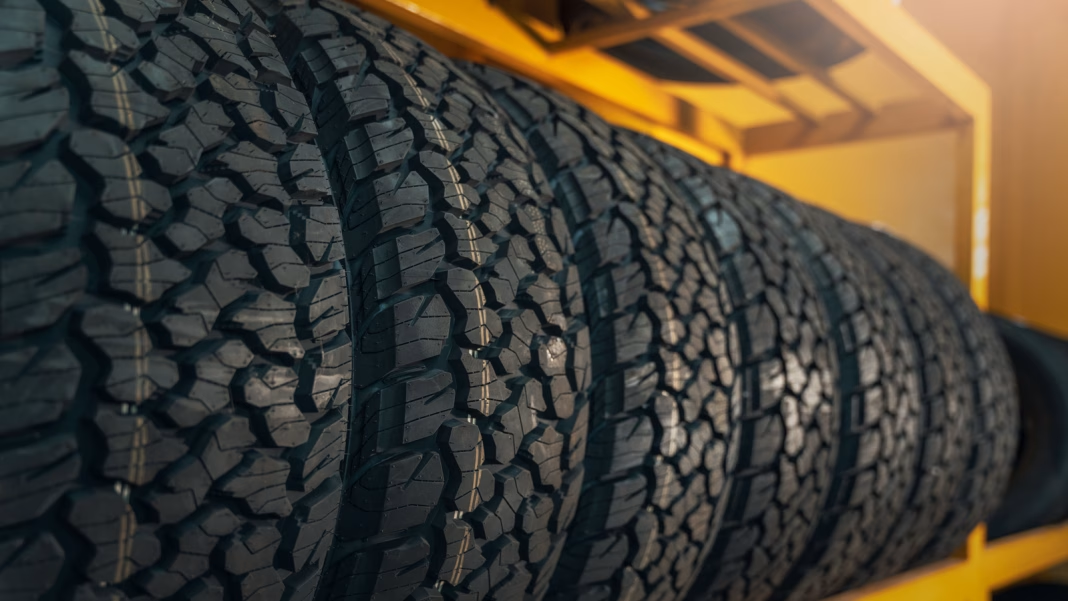Which Tires Actually Offer an 80,000-Mile Warranty?
If you’ve ever shopped for new tires, you’ve probably seen those bold claims about 80,000-mile warranties. Sounds impressive, right? But here’s the catch: only a handful of tires actually back up that promise, and even fewer brands are willing to put their money where their mouth is. Right now, three tire models come with an 80,000-mile warranty, and interestingly, two of them are made by the same company. So, what’s the real story behind these warranties, and what do they actually cover?
What Does an 80,000-Mile Tire Warranty Really Mean?
Let’s clear up a common misconception: an 80,000-mile warranty doesn’t guarantee your tires will last that long. Instead, it’s a manufacturer’s assurance that, under normal driving conditions and with proper maintenance, your tires should deliver up to 80,000 miles of tread life. If they wear out sooner, you may be eligible for a prorated replacement. But there are plenty of caveats.
For example, most warranties require you to rotate your tires at specific intervals (usually every 5,000 to 7,500 miles) and keep records of those services. Skip a rotation or lose your paperwork, and the warranty could be void. And if your tires wear unevenly due to misalignment or improper inflation, you might be out of luck.
Which Tire Brands Stand Behind the 80,000-Mile Promise?
Currently, three tire models offer this high-mileage warranty. Two come from one of the most trusted names in the business—Michelin. The Michelin Defender T+H and the Michelin Defender LTX M/S are both engineered for longevity, with advanced tread compounds and designs that resist wear. The third contender is the Goodyear Assurance MaxLife, which also boasts impressive durability and a reputation for consistent performance.
These tires aren’t just about marketing hype. Consumer Reports and Tire Rack user reviews consistently rank them among the top choices for all-season reliability and tread life. Michelin, in particular, has a long-standing reputation for quality, and their willingness to offer such an extensive warranty speaks volumes about their confidence in the product.
What’s Actually Covered (And What’s Not)?
Here’s where things get interesting. The 80,000-mile warranty typically covers tread wear only. That means if your tires wear down to the treadwear indicators before hitting 80,000 miles, you’re eligible for a partial credit toward a new set. But there are exclusions: damage from road hazards (like nails or potholes), improper installation, racing, or off-road use are all outside the warranty’s scope.
Another important detail: the warranty is usually prorated. If your tires wear out at 40,000 miles, you’ll get credit for half the original purchase price toward a replacement. But you’ll still have to pay for mounting, balancing, and any taxes or fees. And if you can’t provide proof of regular rotations and maintenance, the claim may be denied.
How Do These Tires Perform in the Real World?
Let’s talk about real-world results. Drivers who log lots of highway miles and stay on top of maintenance often report getting close to the promised 80,000 miles—sometimes even more. But city drivers, or those who neglect rotations, may see significantly less. Climate also plays a role: hot weather and rough roads can accelerate wear, while gentle driving in mild climates helps tires last longer.
Anecdotally, a family who commutes 60 miles daily on mostly smooth highways shared that their Michelin Defender T+H tires lasted just over 82,000 miles before needing replacement. On the flip side, a rideshare driver in a hilly city saw their Goodyear Assurance MaxLife tires wear out at 55,000 miles—still respectable, but well short of the warranty limit. The difference? Maintenance habits and driving conditions.
Is an 80,000-Mile Tire Warranty Worth the Extra Cost?
Tires with high-mileage warranties often cost more upfront. But when you factor in the potential for longer tread life and the peace of mind that comes with a strong warranty, the investment can pay off—especially for drivers who rack up miles quickly. According to a 2023 survey by the U.S. Tire Manufacturers Association, consumers who choose premium, warrantied tires report higher satisfaction and fewer unexpected replacements.
Still, it’s important to weigh your own driving habits. If you rarely drive long distances or tend to replace your car every few years, you might not see the full benefit. But for high-mileage commuters and road-trippers, the math often works out in your favor.
How Can You Make the Most of Your Tire Warranty?
If you’re going to invest in a set of 80,000-mile tires, a few simple habits can help you get the most from your purchase. Rotate your tires regularly, keep them properly inflated, and have your alignment checked at least once a year. Save all your service receipts—you’ll need them if you ever have to file a warranty claim. And don’t ignore early signs of uneven wear; catching a problem early can save you hundreds down the road.
The big takeaway? Tire warranties aren’t about perfection—they’re about smarter adjustments. Start with one change this week, and you’ll likely spot the difference by month’s end.


